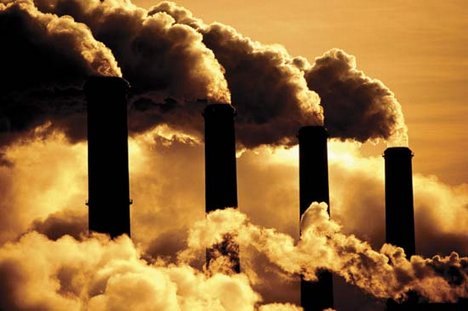A recent article in The Economist covers a study comparing the costs of solar, wind, hydro, nuclear, and natural gas. Alas, the study starts with a fundamental misunderstanding of how our electricity system works, and goes downhill from there. And The Economist’s attention unfortunately helps to perpetuate those errors. Here are five examples of what went wrong.
“Good question, wrong answer”

What do we use to get beyond coal? Good question, and finding the answers depends on having solid information about options.
In his paper, Dr. Charles Frank, an economist and Brookings Institution nonresident senior fellow, usefully assumes that we need to look at low-carbon alternatives to coal, and that we want to do that as cost effectively as possible.
And, as energy superguru Amory Lovins points out in his helpful rebuttal, the study rightly considers that there’s more to energy than just how much is produced, that when matters, too.
But even a good question leads to wrong answers, as Lovins says, when you set up the analysis incorrectly and populate it with outdated and erroneous data and perceptions. Things go quickly astray in the Frank paper, with the result that he and his readers (including The Economist) end up someplace that doesn’t match reality or experience.
Five mistakes
The Lovins analysis (and a related Forbes article) and others’ (here and here, for example) do a good job of dealing with a range of issues with the new paper.
I’ll focus on five mistakes of particular interest:

Credit: J. Rogers
- Frank’s renewables performance assumptions are outdated and wrong. The analysis uses average capacity factors from 2003 to 2012. That may be fine for nuclear and large hydro, which haven’t seen a whole lot of innovation in recent years, but does rapidly improving technologies a big disservice. New wind turbines, for example, are much larger than they were in 2003, more efficient, and perched on much higher towers. (See LBNL’s great annual wind updates for great information on technology and cost trends.)
- His cost assumptions are outdated and wrong, too. Frank’s study draws on U.S. Energy Information Administration cost data, which as UCS has pointed out, dramatically understate the costs of nuclear, and are consistently behind the times when it comes to the rapidly declining costs of solar and wind. Frank also ignores an appreciable portion of the substantial subsidies that nuclear power garners and, as Lovins points out, even unhelpfully lowballs wind projects’ useful lives.
- Variability isn’t the same as intermittency or “unreliability.” Frank perpetuates myths about the reliability of wind and solar, and ascribes to them all kinds of costs or deratings because of their variability. “Nobody familiar with grid integration of variable renewables would dream of using Dr. Frank’s crude methodology,” says Lovins. Frank also fails to account for the risks associated with large, single-unit sources such as nuclear reactors (think water-related troubles, for example).
- No power source works in a vacuum. Part of the reason for Franks’ fixation with variability is his treatment of each power source independently. As energy expert Jigar Shah puts it, the study is basically saying, “‘How do you replace a 24-by-7 generator with a 24-by-7 equivalent with wind and solar?’, when that’s not how generation planning is done.” Unless you’re living on a microgrid, which you’re probably not.
- Reality shows something different. Studies are fine, but when reality shows something very different—on costs, performance, trends, or renewables integration, for example—it’s wrong to ignore those realities. We know costs for key renewables are dropping and efficiencies are increasing. We see significant amounts of renewables being integrated with minimal extra costs. And people in positions to know see much more integration happening with little difficulty. When the 13-state grid operator PJM looked at a future with 30 percent variable renewables, it said, “No problem.”
The real benefits of solar and wind

You can’t get there from here. The climate risks of natural gas. (Source: UCS)
Frank concludes that natural gas combined cycle plants, followed by nuclear, are the way to go.
Even using Frank’s methodology, however, and just changing inputs to better reflect the real world, as Lovins reports his colleague has done, leads you to a very different conclusion, with wind and solar ahead of gas and nuclear.
And the kicker? Natural gas clearly can’t get us where we need to go on climate change. So any study that concludes that natural gas is the cheapest way to get there warrants careful scrutiny of its inputs, assumptions, and methodology.
The Frank study—and The Economist’s coverage of it—just don’t hold up to that scrutiny.

